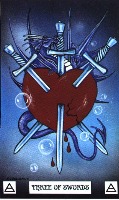If the map has vast swaths of the same color, then you may want to try PNG as it is optimized for screen shots (and most screen shots have large areas of white, or black, or whatever). If its a more photorealistic map, then stick with JPEG, but make sure its not needlessly high resolution. Roll20 likes their grids to be 70x70px, so I would measure the grid that is overlayed on the map (if any, if none, measure a square that should represent a single grid block) and scale the entire picture such that the grid size is 70x70. After the scaling is done, save it out as a separate JPEG (don't erase your high quality source file!) but play with the quality settings of the resulting JPEG. I find that quality settings around "50" reduce the file size greatly, but don't impact the quality a huge amount.





